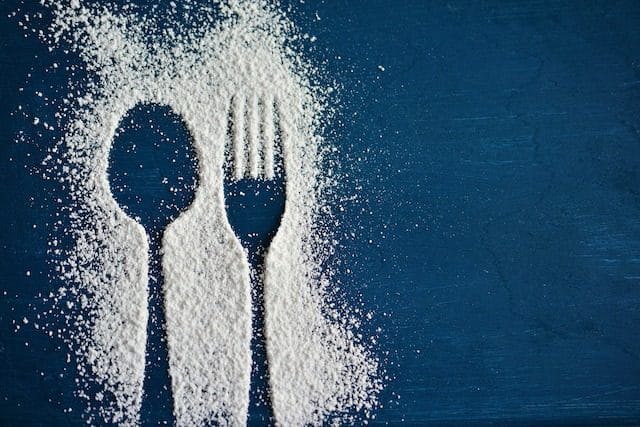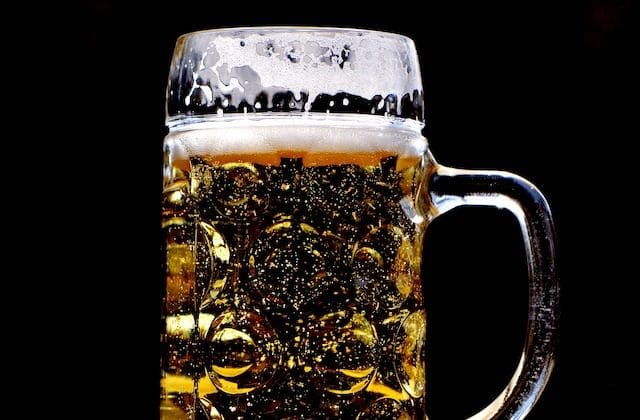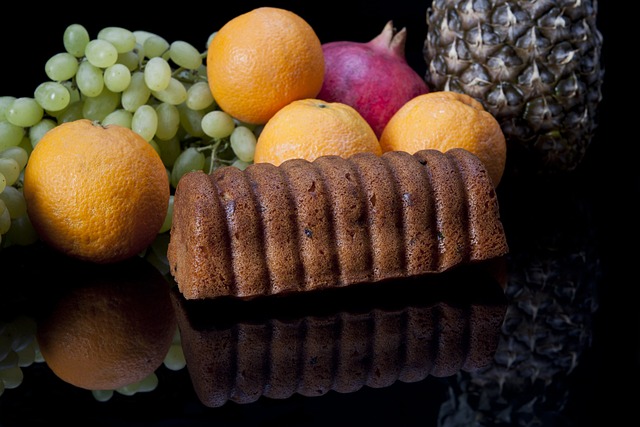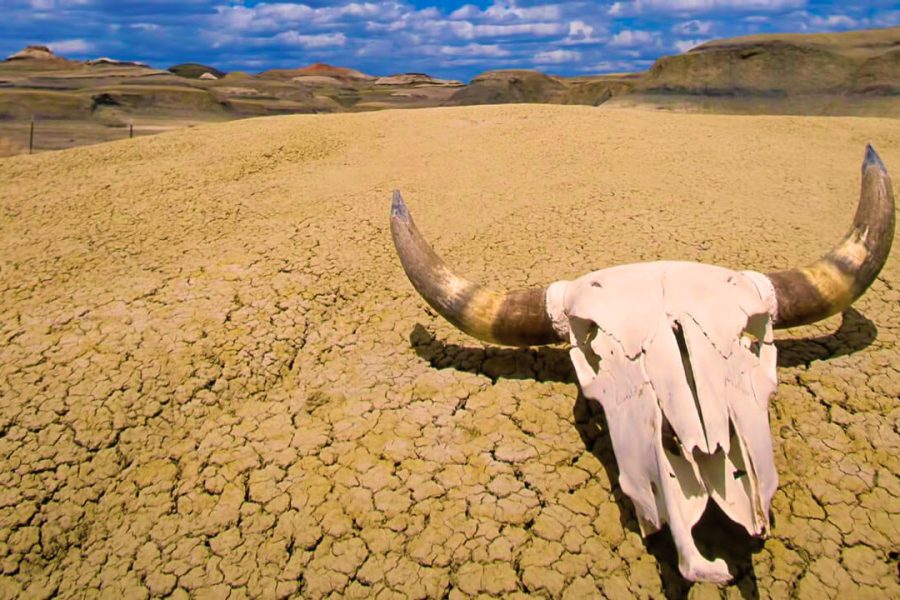Cooking and baking today is fast, easy and convenient. You can find the right gadget or tool, as well as instructions and recipes on how to make a dish or drink at home. However, in the past, before modern methods, many people had to work much harder to get the ingredients and kitchen utensils they needed. They had to be more creative in their cooking and sometimes use methods that we don’t even know about now. Because of the need for different processes, and because they were cultures of the past, their tastes were also often completely different from what they are now.
10. Hot chocolate used to be unsweetened and tasted like coffee.

During the time of the Aztecs and Mayans, they invented the drink we now know as hot chocolate, but it was very different from the sweet milky drink we know today. It tasted much fresher, but it also meant it had more caffeine. This, of course, meant that the ancient Aztecs and Mayans figured out how to use the drink as a stimulant, just like coffee or tea. This was probably helped by the fact that chocolate naturally contains another stimulant called theobromine.
Another thing we would find odd, besides the more concentrated, fresh chocolate flavor and extreme energy boost, is that they used very little, if any, sweeteners. Sometimes they would add a little honey to offset the bitterness, but they would often leave it out entirely, which many of us would find hard to drink today. They certainly also used spices in it, as you can see in Mexican versions of hot chocolate today, although most of them use much higher amounts of sweeteners than their ancestors.
9. The wine was more sour and heavily diluted.

Long before modern refrigeration, especially in the days of ancient Rome, wine was drunk very differently. Many people considered the idea of drinking wine early in the day and getting drunk to be very rude. They also considered those who drank wine without water to cut it to be literally barbarians. They diluted their wine with water, and sometimes even seawater, to reduce its alcohol content and make it more pleasant to drink.
It’s this last part that’s probably why the Romans were so insistent on watering down their wine, beyond their claims of drunkenness and the normal need for safe drinking water. The problem is that before modern preservation techniques, Roman wine spoiled very quickly. It was usually only good on its own for the first month after harvest. After that, they mixed it with honey, myrrh, ash, spices, and all sorts of other things to try to make it more drinkable – they even sometimes added lead, in the hope of counterbalancing the sourness.
8. Prehistoric bread was not like today's bread.

While our ancient ancestors were still figuring things out, there is now evidence that humans were baking bread as far back as 14,000 years ago. Researchers from the University of Copenhagen examined a site in Jordan and found incredibly old bread crumbs. The bread was made from oats, barley, einkorn, and papyrus fibers. The bread was not leavened, but it gave the researchers some very interesting insights into ancient life.
The people identified as the Natufians may have grown grain for use in bread, and if true, it could mean that people had a different attitude toward the transition from hunter-gatherers to farmers than some previously thought. They believe that this could indicate that the desire to eat bread after its initial discovery from wild grains may have actually driven people to begin trying to settle down and farm because it was such a desirable food.
7. Large amounts of sugar in foods have appeared quite recently.

In colonial times, the average American consumed about six pounds of sugar a year; today, the average American consumes about 130 pounds of sugar a year. This sugar consumption, some experts believe, may lead to obesity, or at least be a risk, though it’s hard to say for sure. One thing is for sure: There are a number of health risks associated with consuming too much sugar, and the May Clinic recognizes added sugar as one of the biggest health threats most people don’t think about.
Now, if you think about it, sugar consumption has increased by more than 20,00% since the country’s founding. Some may wonder where it all went wrong, and the answer is the rise of certain types of farming. Sugar beets became a mass-produced crop, and then in 1876, the United States signed a treaty with Hawaii that gave them greater access to sugar cane. After that, the obsession faded, and given that the country’s corn farming allowed for cheap high-fructose corn syrup, the rest is an extremely unhealthy story.
6. Salted meat and salted fish were incredibly common.
Even before modern refrigeration and preservatives, salted meats and salted fish were a staple in many pantries. Salting was necessary to preserve meat and fish supplies long enough to avoid wasting them. Along with smoked foods, salted meats helped keep humans alive long enough for us to exist today.
While the methods of preservation may have varied, such as in Ireland where they used seaweed ash instead of regular salt, the methods needed to make meat edible were the same. You had to soak the salted meat or fish overnight in water to cook it, and then serve it without salt poisoning. This excess salt water that was left over could be used for stews, soups, or other similar uses.
5. Beer was low in alcohol and considered a nutritious drink.

Some people think that in ancient times, everyone drank beer all the time because it was the only way to make the water safe. However, the truth is that evidence suggests that this is not actually true. Many ancient cultures frowned upon certain members of their society, especially women, who drank at all, and most cultures did have access to relatively fresh drinking water. However, the truth is that, like most things, there is something in the rumor that has to get its feet under it first.
People did indeed often drink weaker beer, sometimes called small beer, especially during the Middle Ages and other periods of ancient culture, but they did not do so to have safe drinking water, which they did not get drunk. The main reason most of them drank the substance was because it was considered a higher-calorie and more nutritious alternative to water. It provided farmers and workers with carbohydrates and energy, but did not actually intoxicate them, since it had little alcohol.
4. Cheesecake was invented in Ancient Greece and was completely different

For most people, cheesecake was invented in New York City, and the cream cheese needed to make it was invented in Philadelphia less than a century ago. However, while the modern take on cheesecake is fairly new for obvious reasons, since it includes cream cheese, the idea of cheesecake dates back to the ancient Greeks. Back in the day, cheesecake was made with flour, eggs, ricotta, honey, and sometimes lavender. It was often served in a small pastry shell.
Today, of course, we use eggs, cream cheese, sugar, vanilla, and sometimes flavorings. If we make a no-bake cheesecake, we can even use gelatin instead of eggs. In Japan, cheesecakes are made with very little cheese and lots of egg whites. Although our modern recipes are very different, that doesn’t mean that ancient recipes are unavailable. With a little creativity, food bloggers have recreated the ancient goat cheeses and honey cakes made by the ancient Greeks and found reviews from those who tried them. They’ll be pretty tasty.
3. Rose water was used to flavor baked goods instead of vanilla.
While today's neutral baked goods are flavored with vanilla, until about the early 19th century, rose water was actually most people's choice for flavoring their baked goods. Many today would find the concept rather unappealing. Most Westerners today don't have much of a taste for floral scents, but they were once very popular.
While it may seem strange to us, floral flavors have been used in baking and cooking for many years and in many cultures, they are just not very popular in modern Western cooking. To this day, floral flavors like rose water can be found in treats like Turkish delight, which features in "The Lion, the Witch and the Wardrobe" like a treat so good that a teenager literally betrays his siblings to the devil to get some.
2. Fruits and nuts in baked goods were a luxury

Today, most people consider fruitcake to be pretty disgusting. But back in the day, it was quite the opposite. Back before the Industrial Revolution came along and we had so many ways to process and preserve food, fruitcake was considered the height of decadence. In the old days, holiday desserts often included as many nuts and fruits as possible. It was a way to show how much you could afford, at least once in a while, and a way to feel like a rich person enjoying the finer things in life.
Today, everything has come full circle, and we just don’t get it. Johnny Carson even joked that he thought there was only one fruit pie, and the same stale thing was passed around year after year. The meaning of all these fruits and nuts and their decline is lost on us. With modern refrigeration and nut processing, eating several nuts at once is no longer as luxurious. Because of this, people’s taste for this type of dessert has faded over time. However, you can still see remnants of it in desserts like carrot cake, where raisins and nuts are often still recommended.
1. Home baking appeared relatively recently.

Nowadays, anyone can easily become a home baker, and during the pandemic, many have tried their hand at and even learned how to make their own sourdough starter. However, in the past, much of this was much more difficult and, for many people, nearly impossible. In colonial times, many people did have sourdough starters that they used to make their own cookies and pancakes, but it was difficult to make everything exactly right, and bread was harder to bake. They used beehive-shaped brick ovens that controlled the temperature only by burning the right amount of ash in advance, then releasing the air or adding more ash as needed.
Bread was considered such an important part of life that everyone from soldiers to townspeople considered it an essential part of a balanced diet, and quartermasters were required to build ovens at any long-term base for baking bread. Gas stoves began to appear in the late 1800s, and electric stoves became common in the 1900s. However, it wasn’t until World War II that active dry yeast was invented that simple home baking of bread truly became the norm in much of the world.













Оставить Комментарий